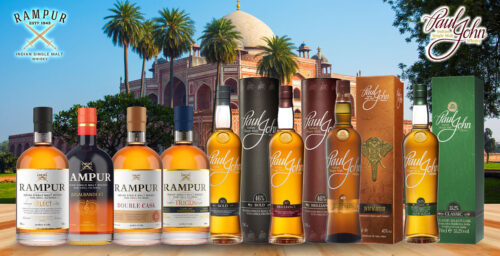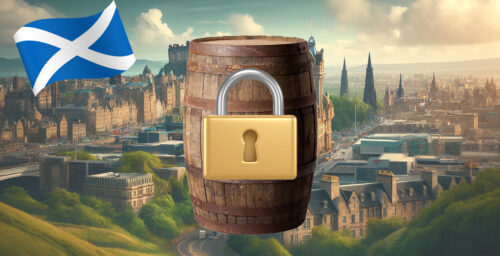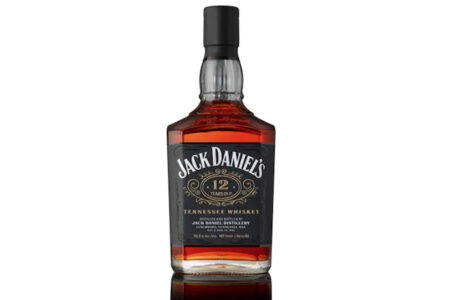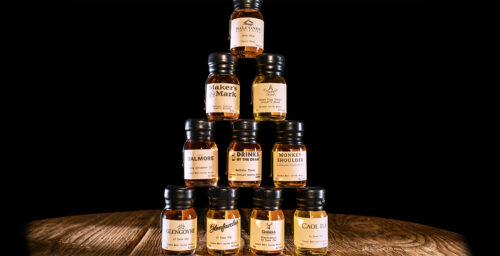Editor’s Note: The Whiskey Wash is pleased to welcome noted whiskey writer Lew Bryson to our ranks. He will be writing occasional opinion columns for us on whatever satisfies his whiskey writing fancy.
For the last couple years, there’s been a rash of stories in the drink media and even in mainstream outlets telling you that what you think is “craft whiskey” is actually made in a “big factory,” usually the old Seagram distillery in Lawrenceburg, Indiana, now owned by MGPI. The quality of the whiskey (and the price) rarely enter into the shocking revelation; it’s more about the horror that what you thought was hand-crafted and wonderfully special was made in a…factory.
If that shocks you, stand by for another. Your existence, the fact that you’re sitting there reading these words, is proof that once upon a time, your parents had sex at least once. Oh my God, right? The revelation of the non-distiller producer should be about that obvious, if you thought about it at all.

Consider this as the other side of Natalie Padilla’s quite cogent explanation from a few weeks ago of why non-distiller producers should present every bit of information about where a whiskey was made on the label, if not on the website. Briefly, the counter-statement is that if the whiskey is good, and the price is right, and while the label doesn’t say where the whiskey is made there are no outright lies about the source…well, no harm, no foul. People have been bottling whiskey they didn’t make for a long time. It’s a traditional and even deeply authentic way of doing things.
In fact, that’s how a lot of Scotch whisky was and still is sold. Take the example of the biggest selling Scotch of them all, Johnnie Walker. While Mister Walker was a real person, he wasn’t wasn’t a distiller. He was a grocer, and since he was a grocer in Scotland, he sold whisky.
The story is that he noticed his customers found the straight malts too assertive, so he blended some together, and blended in some lighter grain whisky. It’s just as likely that he wanted to create a whisky with consistent flavor that only he would supply, but the reason isn’t that important for our purposes. The point is that there was, and is, no Johnnie Walker Distillery, and while we know where some of the whiskies that go into the blends come from, they are not listed on the label (or on the website).
The same goes for a number of excellent blended malts – whiskies made by blending the pure malt whisky from two or more Scotch distillers – from a variety of companies, including the Johnnie Walker Green Label. The excellent Big Peat series of all-Islay malts from Douglas Laing is another example; we know the whiskies in the bottle all come from Islay, but not which specific ones they are. When the whisky’s this good, does it really matter? Not to Scotch drinkers.
But that’s blends, you may say, objecting either because you think blends are beneath your caring – which would be your loss – or because there are different expectations for a whisky with a single source. A single source whiskey is much simpler to identify, after all.
True, but again…it has been standard practice for over a hundred years to bottle whiskeys from single sources under fictitious names, not revealing their actual source. Here we move to include America, because to anyone paying attention over the past 30 years it would have been obvious. Before the explosion of craft whiskey distillers, after all, there were over 100 brands of American whiskey…and fewer than a dozen distilleries. Like you and Mom and Dad…those whiskeys had to be coming from somewhere!
What was going on was simply a polite fiction, sometimes described as “the little distillery that never was.” Look up the distillery name listed on the label, and you might find an address; go there, and you might find another, large distillery with a different name, or maybe just an office.
What of it? There is no Pabst brewery, yet customers craving ‘authenticity’ have put this aging beer brand back in the black. There was no Tullamore distillery for over 50 years, but people loved the whiskey they drank from the pottery crock. There is no Rittenhouse distillery; Heaven Hill bought the brand when Continental Distilling of Philadelphia went under. It’s an open secret that there is no Bulleit distillery; the Bulleit Rye comes from MGPI, in fact.
What’s legal and what’s desirable often differ in matters of degree. But what’s desirable often varies greatly among drinkers.
Let’s say a bottler makes a selection of barrels from an established distiller like MGPI and blends them together, then sells them under the name of Old Snortfellow, while saying nothing on the label about where it’s from, true or false, but following all the regulations on the label, including the state of distillation. Have they lied? No. Have they told you what you need to know? If they followed the regs, then yes, they have, legally.
But have they told you everything you want to know? That depends on the drinker. Most drinkers only want to know how much the bottle costs, what kind of whiskey is in it, and whether they like it enough to buy it again. That’s obvious from the smoothly continued sales of Templeton Rye, a brand that demonstrably did not tell the truth about its origins and had that widely reported…to no significant effect.
Do you really need to know everything? If you do, that’s part of your buying decision, and that’s completely cool. Most people don’t feel that way, so it’s no surprise that there are many whiskeys (and beers, and wines, and cheeses, and so on) that don’t feel the need to display it.
You might want to ask yourself why you want to know, and what you’ll do with the information.








